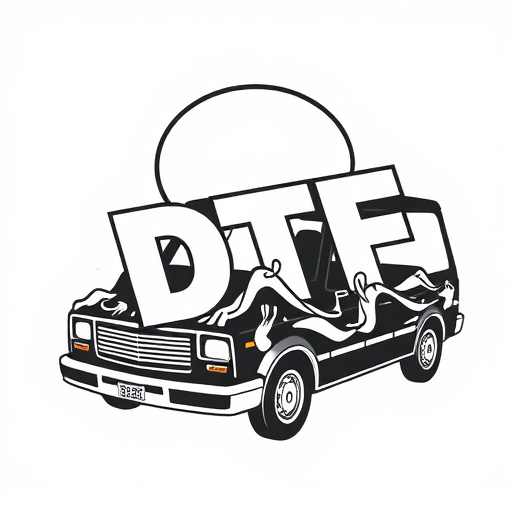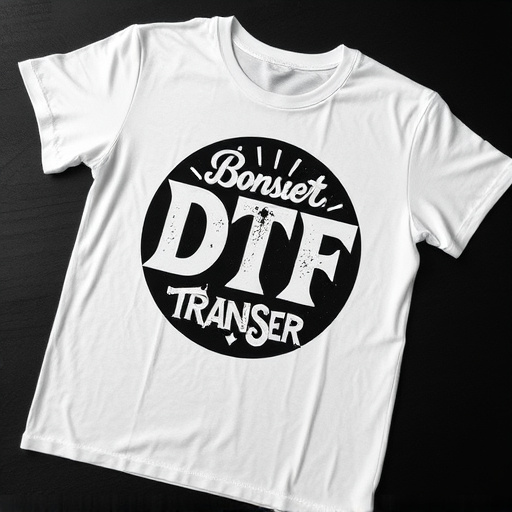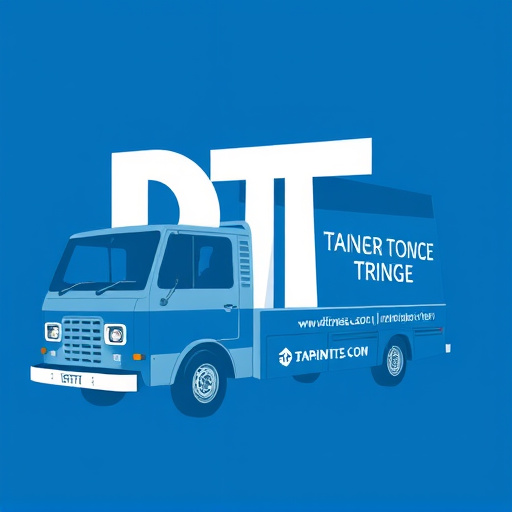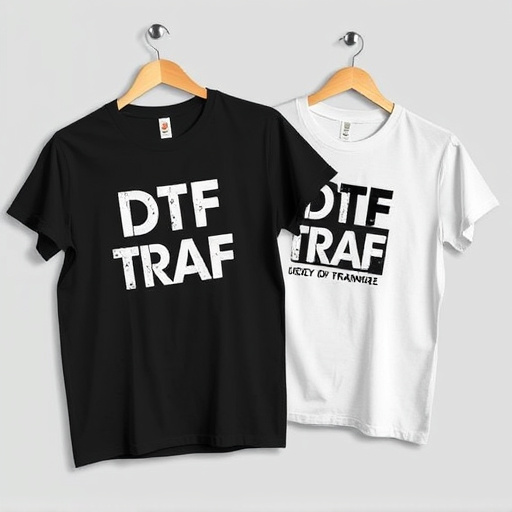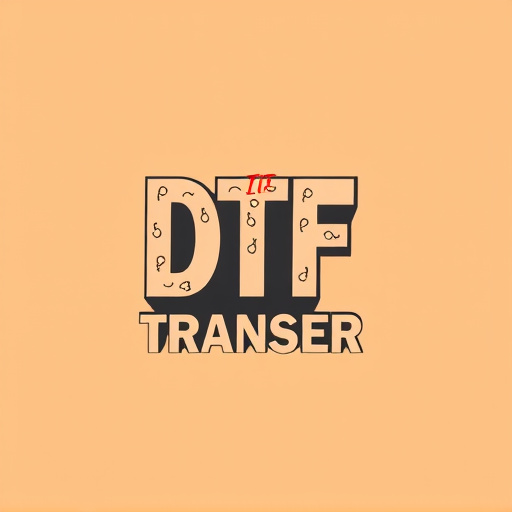Direct-to-Film (DTF) transfer is a cutting-edge process preserving and sharing cinematic assets with unparalleled quality. Specialized businesses cater to filmmakers seeking cost-effective, high-resolution scanning, color grading, and advanced printing technologies. Key services include sound synchronization, audio remastering, and immersive viewing experiences across modern platforms. Choosing a DTF partner requires assessing industry expertise, proven track record, and advanced infrastructure for long-term digital preservation. Case studies highlight successful collaborations in animation and documentary series, showcasing DTF's creative opportunities and optimization. The future of DTF transfer is driven by technological innovations like Nano-ink printing and sustainability practices.
In the dynamic landscape of visual media, Direct-to-Film (DTF) transfer production has emerged as a game-changer for businesses seeking high-quality digital imaging. This innovative process allows for seamless conversion from analog to digital formats, revolutionizing content creation and distribution. This article explores the rise of specialized DTF production businesses, delving into their key services, choosing the right partner, successful case studies, and future trends. By understanding DTF Transfer, you’ll unlock a world of possibilities for your visual projects.
- Understanding Direct-to-Film (DTF) Transfer: Unlocking High-Quality Digital Imaging
- The Rise of Specialized DTF Production Businesses
- Key Services Offered by Top DTF Transfer Companies
- Choosing the Right DTF Partner: Factors to Consider
- Case Studies: Successful DTF Projects and Their Impact
- Future Trends in DTF Transfer Production
Understanding Direct-to-Film (DTF) Transfer: Unlocking High-Quality Digital Imaging

Direct-to-Film (DTF) transfer is a cutting-edge process that revolutionizes traditional printing methods, offering unparalleled quality in digital imaging. This innovative technique bypasses the intermediate stages often used in printing, allowing for a direct connection between the original film or digital source and the final output medium. By eliminating the need for additional steps like scanning or intermediate files, DTF ensures minimal data loss and maintains the integrity of colors and details.
The result is a crisp, high-resolution image that mirrors the original content seamlessly. This technology has gained traction among businesses specializing in film transfer production as it provides an efficient and cost-effective solution for preserving and sharing valuable cinematic assets. With DTF, businesses can offer clients a premium service, ensuring their films and videos are captured and shared in their purest form, unlocking new possibilities for archival, distribution, and even creative repurposing.
The Rise of Specialized DTF Production Businesses

In recent years, the demand for high-quality direct-to-film (DTF) transfer production has surged, leading to the rise of specialized businesses dedicated to this unique and sought-after service. These companies have embraced the evolving needs of filmmakers and content creators who seek efficient and cost-effective ways to bring their visions to the big screen without the traditional studio constraints. With advancements in technology and a growing appetite for independent filmmaking, DTF transfer has become a game-changer, offering an alternative production pathway that empowers filmmakers to tell their stories with minimal interference from external parties.
Specialized DTF production businesses have filled a niche market by providing tailored solutions for various film projects, from independent features to documentary films and short videos. They offer a range of services, including high-resolution scanning, color grading, and the latest in digital printing technology, ensuring that each film transfer is of the utmost quality. By focusing solely on DTF production, these businesses have developed expertise in optimizing processes, reducing costs, and delivering exceptional results, thereby attracting a diverse clientele seeking innovative and professional solutions for their cinematic endeavors.
Key Services Offered by Top DTF Transfer Companies

Top businesses specializing in direct-to-film (DTF) transfer production offer a range of key services designed to preserve and enhance the quality of cinematic experiences. These include advanced scanning technologies, which capture high-resolution images from film negatives, ensuring intricate details are not lost during the digital conversion process. The companies also provide custom color grading and restoration, allowing them to meticulously restore faded or damaged films, bringing them back to their original splendor.
Additionally, these leading DTF transfer providers offer sound synchronization and audio remastering services, crucial for delivering immersive cinematic experiences. They work with original soundtracks, ensuring that the audio quality matches the visual fidelity achieved through digital transfer. This comprehensive approach not only preserves historical films but also enhances accessibility by converting them into modern formats suitable for diverse viewing platforms.
Choosing the Right DTF Partner: Factors to Consider

When choosing a direct-to-film (DTF) transfer partner, several key factors come into play. Firstly, consider their expertise and experience in the industry; a seasoned DTF specialist will understand the nuances of film transfer, ensuring high-quality results. Look for companies with a proven track record of successful projects, diverse portfolio, and positive client testimonials. This guarantees that they possess the technical proficiency to handle various film formats, resolutions, and preservation goals.
Additionally, assess their infrastructure and equipment. Advanced technologies and state-of-the-art facilities are essential for accurate DTF transfers. Ensure they employ top-tier scanning equipment, robust storage solutions, and secure digital archives. These investments demonstrate a commitment to delivering exceptional quality and long-term preservation of your film collection.
Case Studies: Successful DTF Projects and Their Impact
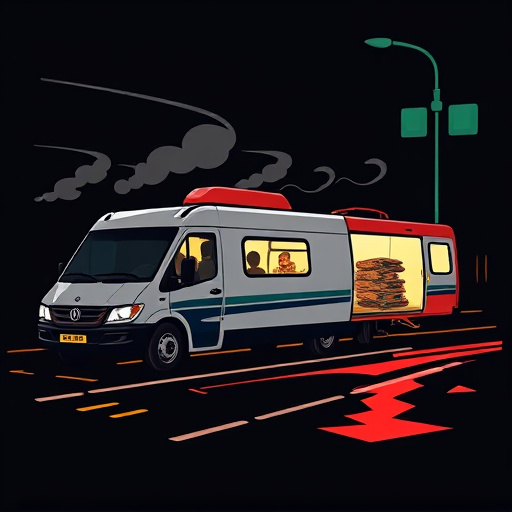
Direct-to-film (DTF) transfer production has seen remarkable success stories across various industries, showcasing its potential to revolutionize content creation. Case studies highlight how businesses have utilized DTF techniques to deliver exceptional results. For instance, a leading entertainment company partnered with a specialized DTF service provider to create a high-definition, feature-length film directly from animated source material. The project involved intricate detail work and seamless color grading, resulting in a visually stunning final product that exceeded industry standards. This success led to increased fan engagement and opened doors for future collaborative ventures.
Another notable example involves a startup that employed DTF methods to produce a documentary series. By capturing on-location footage and integrating it with pre-existing archival content, the team crafted immersive narratives. The series received critical acclaim for its innovative storytelling, attracting a global audience and securing funding for subsequent seasons. These case studies demonstrate how DTF transfer production can enhance creative possibilities, ensuring high-quality outcomes while streamlining the content creation process.
Future Trends in DTF Transfer Production

The future of Direct-to-Film (DTF) transfer production looks promising, driven by advancements in technology and evolving consumer preferences. One prominent trend is the integration of advanced printing techniques, such as Nano-ink printing, which promises higher resolution and more vibrant colors, enhancing the overall visual experience. This technological leap will be crucial in meeting the demands of modern audiences who expect films to deliver immersive visuals.
Additionally, sustainability is set to play a significant role in shaping DTF production trends. Eco-friendly materials and processes are likely to gain traction as businesses strive to reduce their environmental impact. This shift could involve exploring alternatives to traditional plastics for printing media and adopting more energy-efficient manufacturing practices. Such innovations not only cater to growing environmental consciousness but also open up opportunities for businesses to differentiate themselves in a competitive market.


